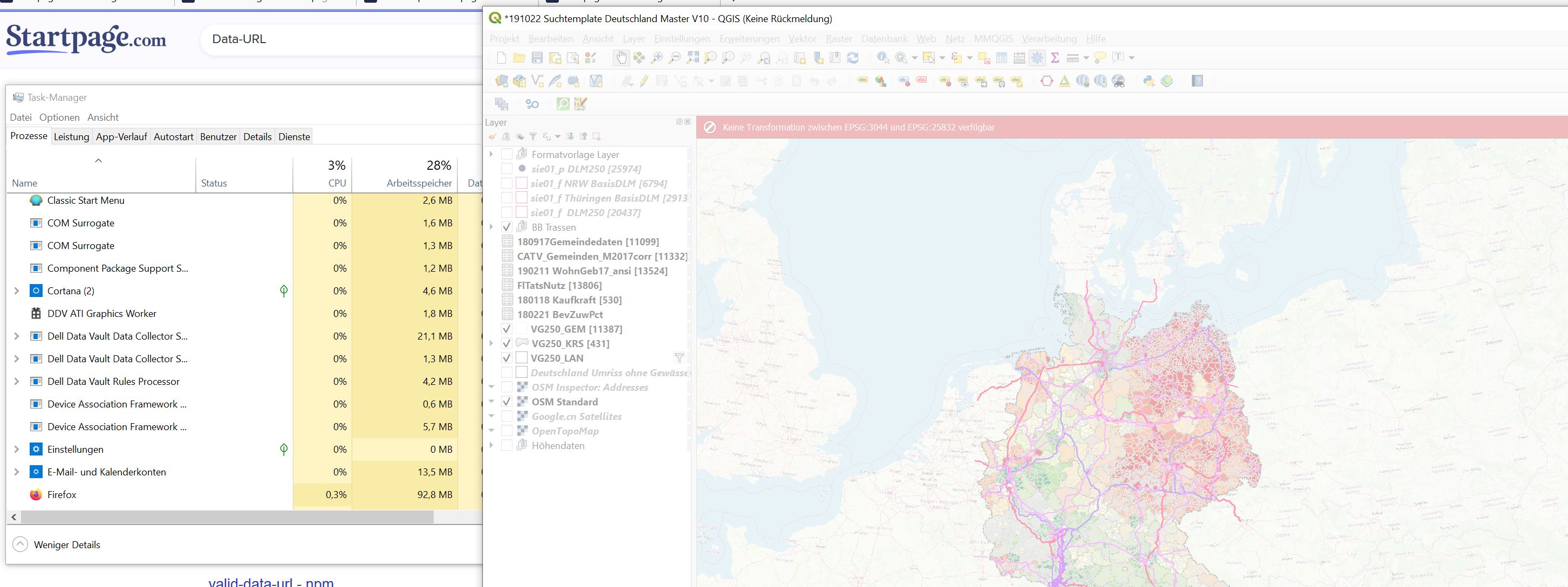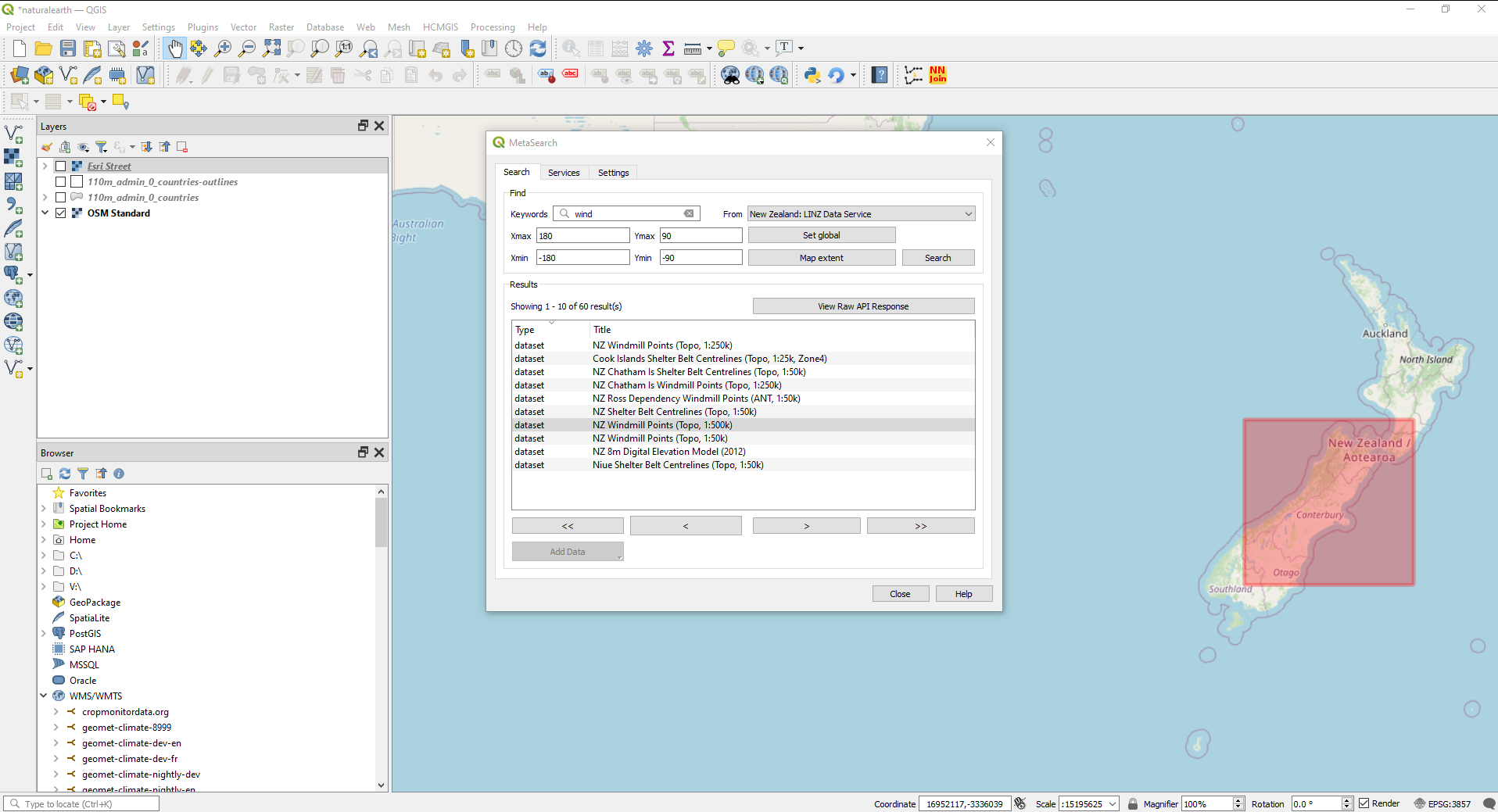

You can now open up QGIS for the first time as there will be an icon located on the desktop of your computer. This folder will also become the working directory and saving location for the project as a whole, therefore it will keep everything compact and easily accessible. This is very important as we will be dealing with a large number of shapefiles that will be changed in many different ways. Organization of Shapefiles within your ComputerĪfter you have downloaded all of the required files, it is strongly recommended to create a new folder within your C: drive that will act as a main directory for the project. These options can be accessed once a dataset is selected within the website and these options can be found on the right side of the website.



The overall objective of this tutorial is to develop the spatial analysis and cartographic skills within the open-source software QGIS 3.10. 6 Final Product Using QuickMapServices within QGIS 3.10.4.2 Difference Between Buffered Road Data and Combined Water/DEM Shapefile.4.1 Clipping Buffered Water and Elevation Files.4 Combining All of the Restriction Results.3.8 Area's Located within 1km of a Roadway Results.3.7 Restriction 3: Habitat must be located at least 1 km away from any public road (Buffer and Fix Geometry).3.5 Restriction 2: Habitat must be Located within 300m of a water source (Buffer and Fix Geometry).3.3 Turning Raster Data into Vector Data (Polygonize).3.2 Restriction 1: Habitat must be located above 500m in elevation (Raster Calculator/Polygonize).2.11 Saving your New Shapefiles and Updating Their Coordinate Reference Systems.2.9 Clipping Road Network and Water Network Shapefiles.2.8 Creating Area of Interest and Clipping Shapefiles.2.6 QGIS Coordinate Reference System Settings.2.5 Setting up QGIS for Habitat Analysis.2.4 Organization of Shapefiles within your Computer.2.1 Required Programs and Plugins (Windows 64-Bit).They are both GET requests, and inspecting the response headers on the network tab they look the exact same. When performing the same fetch from code, you get CORS to block your response. For example, this is a valid image fetch: it gets rendered with no problem. I'm not getting why it's no problem for the browser to import resources from external servers when the request is performed in the HTML. I was embedding some large images with react query to provide a loading effect on slow connections when I encountered this CORS issue I did not understand. S.demuro Asks: Why the same GET request gets blocked by CORS when called within javascript but allowed from HTML src?


 0 kommentar(er)
0 kommentar(er)
